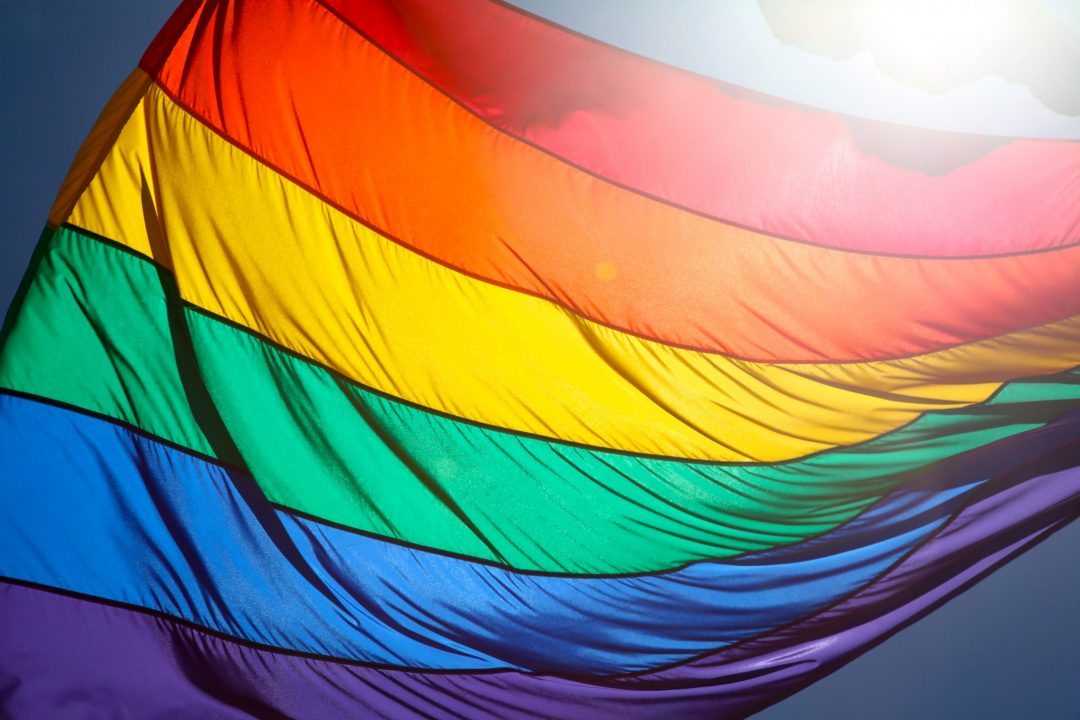
How can we protect LGBT students and teachers from discrimination?
Following reporting by Fairfax media of the recommendations of the Ruddock Review into religious freedom, attention has been focused on the treatment of lesbian, gay, bisexual and transgender students and teachers by religious schools.
Here we set out what needs to be done to protect LGBT students and teachers from discrimination under Commonwealth law – and how this will also promote equality more broadly for the benefit of our community.
What’s the issue?
In 2013 the Sex Discrimination Act 1984 (Cth (‘SDA’) was amended to make it unlawful to discriminate against people on the basis of sexual orientation, gender identity or intersex status (see sections 5A, 5B and 5C), in addition to existing grounds including sex, pregnancy and marital status.
The SDA already contained exemptions for religious bodies and religious schools that allow them to discriminate in relation to a range of activities, both in connection with religious observance and other religious activities (section 37) and in religious educational institutions (section 38). In 2013 the exemptions for religious educational institutions were amended to allow for discrimination on the basis of sexual orientation or gender identity.
This means that religious schools are able to discriminate against students, teachers and contract workers on the basis of sex, sexual orientation, gender identity, marital or relationship status or pregnancy.
As this week’s public debate has demonstrated, allowing such discrimination by religious schools is inconsistent with community attitudes and our commitment to equality. A new opinion poll has shown 74% of Australians oppose allowing religious schools the ability to select students and teachers on the grounds of their sexual orientation, gender identity or relationship status.
What needs to change?
So if we want all Australian schools to be places that accept students, parents, teachers and other staff no matter who they are, who they love or how they identify, what in the law needs to change?
First, we need to amend the SDA by repealing section 38 – removing the ability of religious schools to discriminate against teachers, contract workers and students on the ground of sex, sexual orientation, gender identity, marital or relationship status or pregnancy.
While the current debate has highlighted the ability to discriminate against LGBT children and teachers, this is also a chance to end the ability of religious schools to discriminate on the basis of sex, marital or relationship status (including rainbow families) or pregnancy.
Second, we need to change section 37 which contains an expansive exemption for ‘religious bodies’. Section 37(1)(d) states that the protections in the SDA do not apply to
‘any other act or practice of a body established for religious purposes, being an act or practice that conforms to the doctrines, tenets or beliefs of that religion or is necessary to avoid injury to the religious susceptibilities of adherents of that religion.’
If section 38 is repealed, section 37 will continue to operate to allow for discrimination by schools established for religious purposes. This section should therefore also be repealed.
This change would not only prevent discrimination in schools, but also protect LGBTI employees and people accessing publicly-available services provided by religious organisations in health, social and community services. And it would ensure employees in Commonwealth-funded aged care facilities run by religious organisations are protected from discrimination.
What about State and Territory laws?
Each State and Territory has its own provisions that also provide protections against discrimination and exemptions for religious organisations. These generally operate alongside the SDA (see section 10(3) of the SDA) and vary in the protection they provide.
Changing the SDA to protect LGBTI people from discrimination by religious organisations providing services like education will ensure protection across Australia.
Having a best-practice model at the Commonwealth level would also provide the impetus for States and Territories to update their laws where they fail to adequately protect the rights of LGBTI people (for example in NSW, where the Anti-Discrimination Act 1977 (NSW) is outdated in a number of respects).
A chance to make a better, fairer and more inclusive country
The Public Interest Advocacy Centre made these recommendations – to repeal ss 37(1)(d), and 38, of the Sex Discrimination Act 1984 – in our submission to the Ruddock Review. We also called for similar religious exceptions in section 35 of the Age Discrimination Act 2004 to be repealed at the same time.
These changes would help ensure that classrooms, staffrooms, schoolyards and even parent-teacher nights around the country are more accepting places for everyone: including lesbian, gay, bisexual, transgender and intersex students, families and workers.
These changes would also ensure our hospitals, aged-care facilities and social services welcome and serve all, without discrimination.
PIAC recognises the right to freedom of religion is an important human right. The changes suggested do not entirely remove exemptions for religious bodies that apply to aspects of religious observance (for example the ordination of ministers of religion). They do, however, strike a more appropriate balance with the right to live free from discrimination in public life and would help make Australia a better, fairer and more inclusive country.
Image: Flickr/Torbackhopper